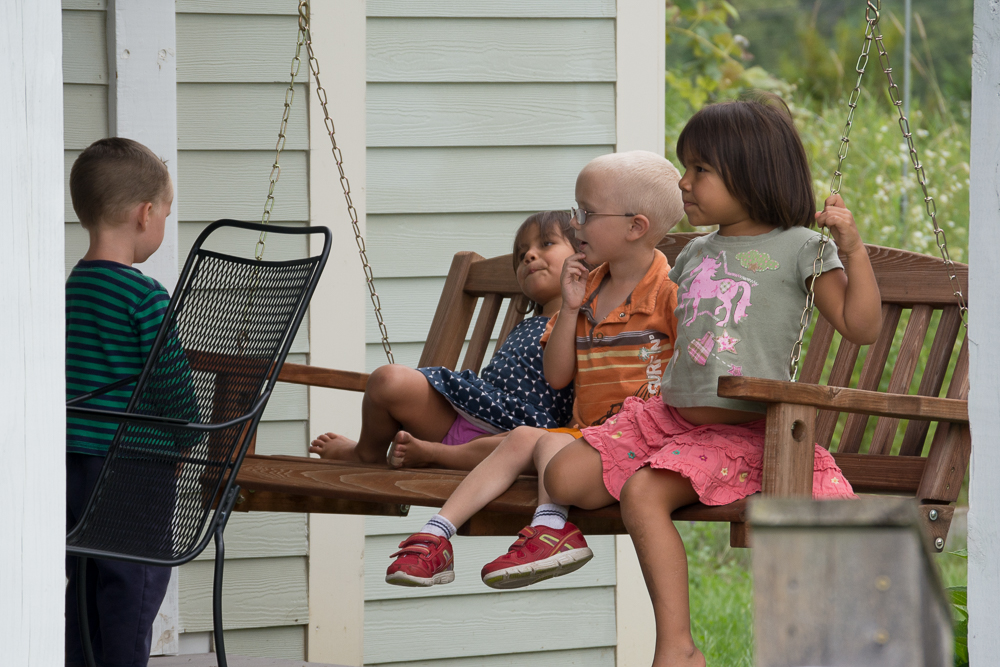Don’t treat individual problems as community problems

One of the questions our community support team helps to discern is whether an issue is a community issue or a personal issue. While in many cases this is a straightforward, sometimes extra investigating will reveal which type of a challenge we are facing.
When Ricardo always parks in the handicap space, without a handicap tag, the firs step is to find out what is going on. While instinct identifies this an individual issue—Ricardo doesn’t follow the rules—it is possibly something else. Perhaps when he gets home at midnight there are not any other available parking spaces. The problem may be a community issue: not enough parking.
Thus the first rule of community support: don’t guess. Ask. Ask without rancor. Maybe Ricardo has dizzy spells that don’t qualify for a handicap tag but do qualify for your community’s grace.
Then there is the common problem—Clarine’s kids are out of control. They make a mess of the kid’s room and hit other kids and leave hot cocoa in the great room, attracting ants. We could get rats! This is often presented as a community problem. “Someone” needs to make those kids behave. We need to have a community discussion on this.
Here the community support team asks: what is your desired outcome of this community discussion? The first response is “we want the kids to behave”. But the kids won’t be in on the discussion. Certainly one possibility is to gather a kids circle and ask them about their rules for engagement. But commonly, what those in distress want is for Clarine to parent differently.
And that is an individual problem. Even if twenty other parents want the same thing, each of them have an individual problem. The only way to handle individual problems is to talk to the person whose behavior upsets you. If it is honestly the kids behavior that has you upset, you need to ask the kid to change their behavior. If it is the parent, you need to talk to the parent. Use I language, describe how the action affects you personally, or affects your child, and then ask for what you want to be different. (Training in Non-Violent Communication can help you engage this conversation.)
In my community the community support team is willing to come with you to have this conversation. What we aren’t willing to do is to have the conversation without you. What we aren’t willing to do is to have a community wide discussion where the intent is to change Clarine.
The reality of the world is that Clarine definitely will not change if you don’t tell her about what is bothering you. And the reality is also that Clarine is probably doing the best she can. So after you have heard her story, and shared your frustration, and found some common ground, the problem will not be magically solved. But you will have connected to a neighbor, found a way to understand some of what is going on. Perhaps you will have heard something that will help you let go.
What *can* be different in cohousing from any other friendly neighborhood is that you use the conflict to to connect rather than to pull away. Treating an individual problem as a community problem is a strategy for staying remote, impersonal, removed. Meeting with an individual with whom you have conflict is a way to build deeper relationships.
Liz Magill has been a part of Mosaic Commons Cohousing since 2002. She moved into her new home in 2009 and has been on the community support team all that time! She is available to lead community support and facilitation workshops in your neighborhood. Email pastorlizM@gmail.com
Category: Conflict
Tags: Community support, Conflict Resolution, issue
Views: 2817

